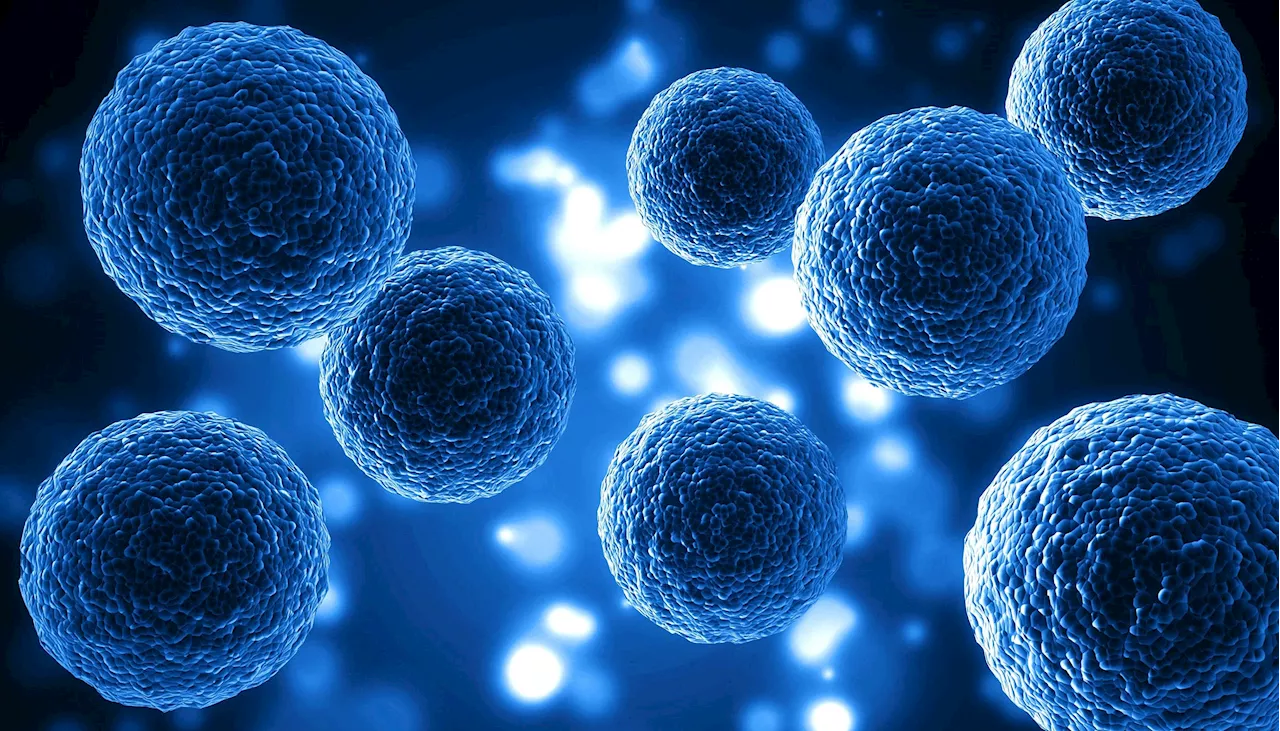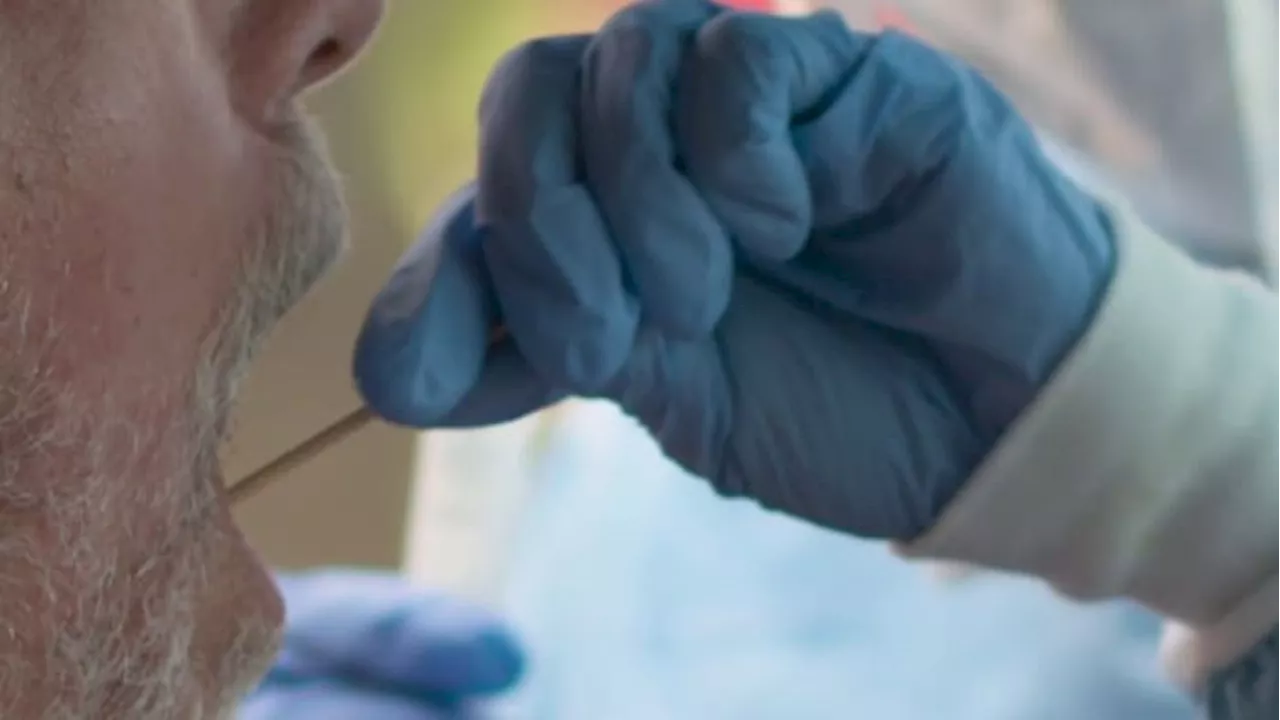The withdrawal after 22 years of a controversial stem cell paper highlights how perverse incentives can distort scientific progress
Trays of brain cells derived from bone marrow cells in the lab of Dr. Catherine Verfaillie at the University of Minnesota on November 10, 2000.by Catherine Verfaillie, then at the University of Minnesota, and her colleagues, had been cited 4,482 times by its demise according to, offering the same potential to develop into any type of tissue but without the need to destroy an early-stage human embryo. At that time the U.S.
When such papers start falling apart, they are often vigorously defended. Research institutions and journals sometimes drag their feet in correcting the scientific record. This may partly be driven by legal caution; nobody relishes a libel lawsuit from a prominent researcher who objects to a retraction. The reputations of scientists’ employers and journals also suffer when papers are withdrawn, creating an incentive to let things stand.
I understand why universities and journals are reluctant or slow to take corrective action. But the saga of Verfaillie’spaper reveals a deeper problem with perverse incentives that drive “successful” careers in science. A highly cited paper like this is a gateway to promotions and generous grants. That can starve funding to more promising research.
United Kingdom Latest News, United Kingdom Headlines
Similar News:You can also read news stories similar to this one that we have collected from other news sources.
 Phone-Based Support Improves Well-being After Stem Cell TransplantThe intervention was feasible and showed promise for improving psychological well-being among allogeneic hematopoietic stem cell transplant survivors.
Phone-Based Support Improves Well-being After Stem Cell TransplantThe intervention was feasible and showed promise for improving psychological well-being among allogeneic hematopoietic stem cell transplant survivors.
Read more »
 St Albans cancer patient, 24, is reason for stem cell driveA mother says it is 'incredible' so many people turned up at an event to help her son.
St Albans cancer patient, 24, is reason for stem cell driveA mother says it is 'incredible' so many people turned up at an event to help her son.
Read more »
 Columbia Scientists Unravel a 15-Year Mistake in Stem Cell ResearchScience, Space and Technology News 2024
Columbia Scientists Unravel a 15-Year Mistake in Stem Cell ResearchScience, Space and Technology News 2024
Read more »
 ‘The world is one family,’ Stem cell donor shocked by similarities in transplant familyEven though ethnic background isn’t a factor for who you match with; compatible blood types and tissue markers are more likely to be found among members of the same ethnic group, increasing the chances of a successful match.
‘The world is one family,’ Stem cell donor shocked by similarities in transplant familyEven though ethnic background isn’t a factor for who you match with; compatible blood types and tissue markers are more likely to be found among members of the same ethnic group, increasing the chances of a successful match.
Read more »
 Scientists identify 'missing piece' required for blood stem cell self-renewalBlood stem cells -- key to transplants that are used as life-saving treatments for blood cancers and blood and immune disorders -- have the capacity to self-renew, but quickly lose their ability to do so in a lab dish.
Scientists identify 'missing piece' required for blood stem cell self-renewalBlood stem cells -- key to transplants that are used as life-saving treatments for blood cancers and blood and immune disorders -- have the capacity to self-renew, but quickly lose their ability to do so in a lab dish.
Read more »
 Scientists identify 'missing piece' required for blood stem cell self-renewalUCLA scientists have identified a protein that plays a critical role in regulating human blood stem cell self-renewal by helping them sense and interpret signals from their environment.
Scientists identify 'missing piece' required for blood stem cell self-renewalUCLA scientists have identified a protein that plays a critical role in regulating human blood stem cell self-renewal by helping them sense and interpret signals from their environment.
Read more »
